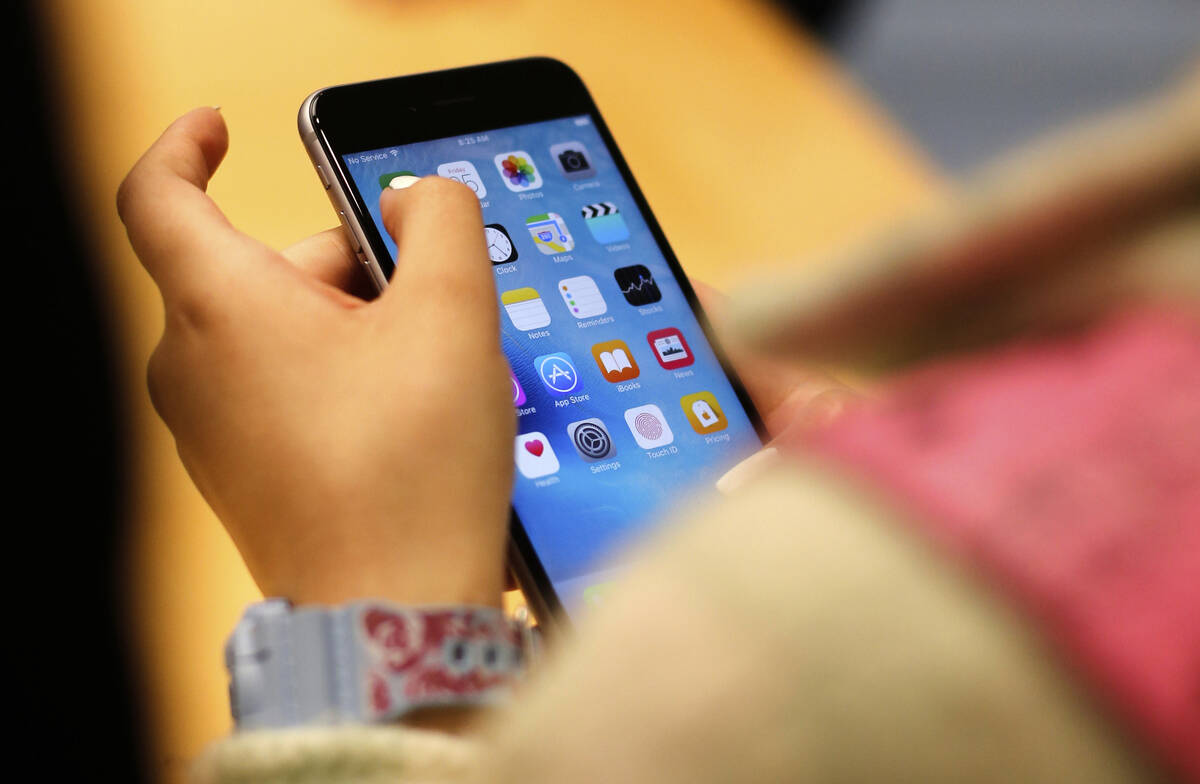EDITORIAL: In-person conversations the cure for social media silos

Here’s a modern paradox: The very mechanism that allows people to easily connect with others drives some to isolation.
Social media has many benefits. It’s never been more convenient to share information or find people with the same interests. Family and friends don’t have to wait for once-a-year Christmas cards to see far-flung relatives. It’s the public town square, although some social media companies have bowed to government pressure and censored some users.
Yet, for all the good of social media, there are major downsides. What can be beneficial for one hour a day often becomes destructive when used continuously. According to a 2024 Pew report, almost half of teenagers “say they’re online almost constantly.” In “The Anxious Generation,” professor and author Jonathan Haidt details the problems this has caused in young people.
“Spending hours ‘connecting’ with others online produces an increase in the quantity of social interactions and a decrease in the quality of social relationships,” he wrote. Further, “the Great Rewiring of Childhood pulled young people out of real-world communities, including their own families.”
One result was “normlessness, because stable and binding moralities cannot form when everything is in flux,” Mr. Haidt wrote.
This would be problematic enough. It gets worse when you combine social media with politics. Social media sites seek to capture and hold your attention. That’s how they make money. Their algorithms learn which videos and posts most interest users. In politics, those aren’t posts in which speakers with a variety of viewpoints make brilliant points. Instead, algorithms feed users more content that confirms their own biases while making those with whom they disagree look foolish.
Continuously consuming such content makes it easy to view the “other side” as caricatures of evil, ignorance or hate. But this ignores the value of humanization and personal interaction. Consider the story of Daryl Davis, a Black man and blues musician. In 2017, Mr. Davis revealed that over more than 30 years he had convinced 200 Ku Klux Klan members to leave the group. He didn’t insult them. Instead, he learned about the KKK and had conversations with Klan members.
“That began to chip away at their ideology because when two enemies are talking, they’re not fighting,” he said. “It’s when the talking ceases that the ground becomes fertile for violence.”
Those discussions allowed them to find something in common, which built relationships and then friendships. “I didn’t convert anybody,” he said. “They saw the light and converted themselves.”
As he visited college campuses, Charlie Kirk took a similar approach and for a similar reason. “When people stop talking, really bad stuff starts,” he once said.
This doesn’t mean people won’t passionately disagree. Neither Mr. Davis nor Mr. Kirk watered down their beliefs. But looking someone in the eye builds a human connection that’s missing in the social media cesspools.
These debates won’t happen when students at many schools and universities don’t even feel comfortable expressing their opinions. Both parents and schools should do more to get children offline and engaged in face-to-face activities.
Restoring civil discourse requires breaking down the social media silos that segment society.